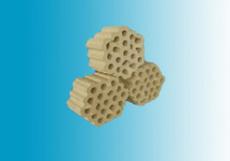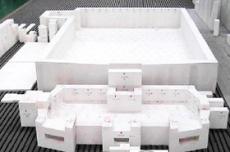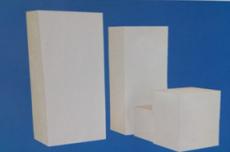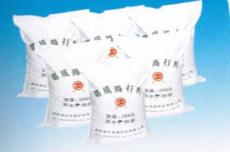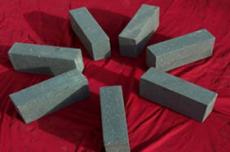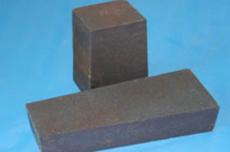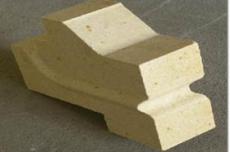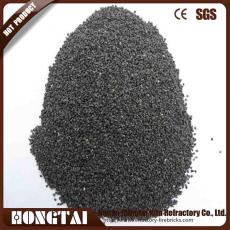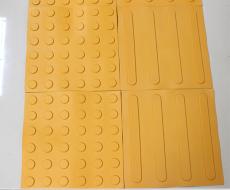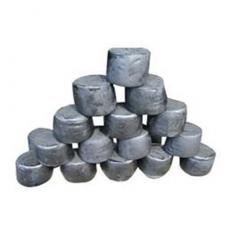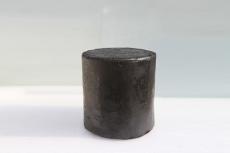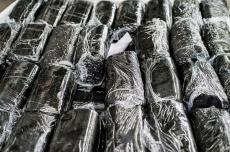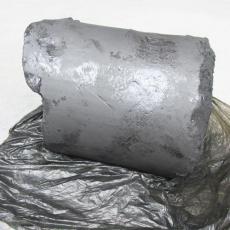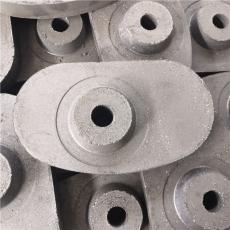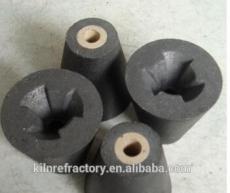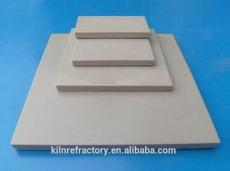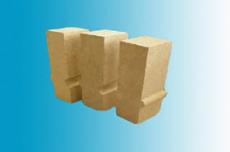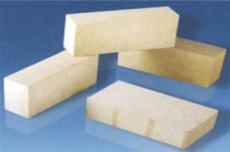
Refractory balls are a special ceramic material made of industrial alumina and refractory kaolin as the core raw materials through scientific proportioning, high-pressure molding and high-temperature calcination processes. Its core advantage lies in its excellent high-temperature resistance, with a maximum temperature tolerance of up to 1900°C. It also has excellent thermal shock resistance, chemical stability and mechanical strength, and is an indispensable key material in high-temperature industrial equipment.
1. Raw materials and production process
The main raw materials of refractory balls are industrial alumina (Al₂O₃ content ≥ 75%) and refractory kaolin (rich in SiO₂ and Al₂O₃). Alumina gives the material a high melting point and corrosion resistance, while the silicon and aluminum components in kaolin enhance the structural density after sintering.
The production process includes the following steps:
1. Raw material ratio: adjust the ratio of alumina to kaolin according to the purpose. The alumina content of ordinary refractory balls is about 50%-60%, and the high-aluminum type is 70%-90%. 2. Molding process: isostatic pressing or dry pressing is used to ensure uniform density and smooth surface of the sphere. 3. High temperature calcination: sintering in a tunnel kiln at 1600℃-1800℃ to form a stable mullite and corundum phase structure, thereby improving heat resistance and strength. 2. Classification and characteristics Refractory balls are divided into two categories according to the alumina content, suitable for different industrial scenarios: 1. Ordinary refractory balls - Composition: alumina content 50%-65%, supplemented by silicate binding phase. - Features: temperature resistance of about 1400℃-1600℃, strong acid corrosion resistance, and low cost. - Application: mainly used in converters in sulfuric acid industry, conversion furnaces in fertilizer plants and desulfurization tanks, suitable for acidic gas environments containing SO₃, H₂S, etc. 2. High aluminum refractory balls - Composition: alumina content ≥70%, some high-end products reach more than 90%. - Features: High temperature resistance up to 1700℃-1900℃, outstanding resistance to alkaline erosion, and excellent thermal stability. - Application: Suitable for high temperature alkaline or complex gas phase environments such as urea synthesis towers, hot blast furnaces in the steel industry, and petrochemical hydrogenation reactors.
III. Core functions and application areas Refractory balls play multiple key roles in industrial equipment:
1. Dispersing gas-liquid media: Forming a porous bed through regular stacking, optimizing airflow distribution, and avoiding local overheating or uneven reaction.
2. Supporting and protecting catalysts: Supporting catalyst particles in converters and conversion furnaces to prevent bed collapse; at the same time, as a buffer layer, reducing the wear of catalysts by airflow impact.
3. Heat insulation and energy saving: In the hot blast furnace of steel plants, high-aluminum refractory balls can reduce heat loss and improve combustion efficiency.
4. Anti-chemical erosion: Resist corrosive media such as ammonium carbamate in urea production to extend equipment life.
Typical application scenarios:
- Fertilizer industry: used in low-temperature conversion furnaces and methanation furnaces to optimize the efficiency of syngas reactions.
- Iron and steel metallurgy: cooperate with heat storage bodies in hot blast furnaces to achieve high-temperature air circulation and help low-carbon smelting.
- Petrochemical: in hydrogenation reactors and desulfurization tanks, ensure safe operation under high temperature and high pressure conditions.
With the large-scale industrial equipment and complex processes, refractory balls are developing in the direction of high purity and multi-function. For example, by adding zircon or silicon carbide to improve thermal shock resistance, or using gradient structure design to optimize gas-solid contact efficiency. In the future, refractory balls will play a greater role in emerging fields such as clean energy and high-temperature electrolysis.
With its unique performance combination, refractory balls have become the core guarantee for the efficient and safe operation of high-temperature industrial equipment, and its technological innovation will continue to promote the green upgrade of industries such as chemical and metallurgical industries.
